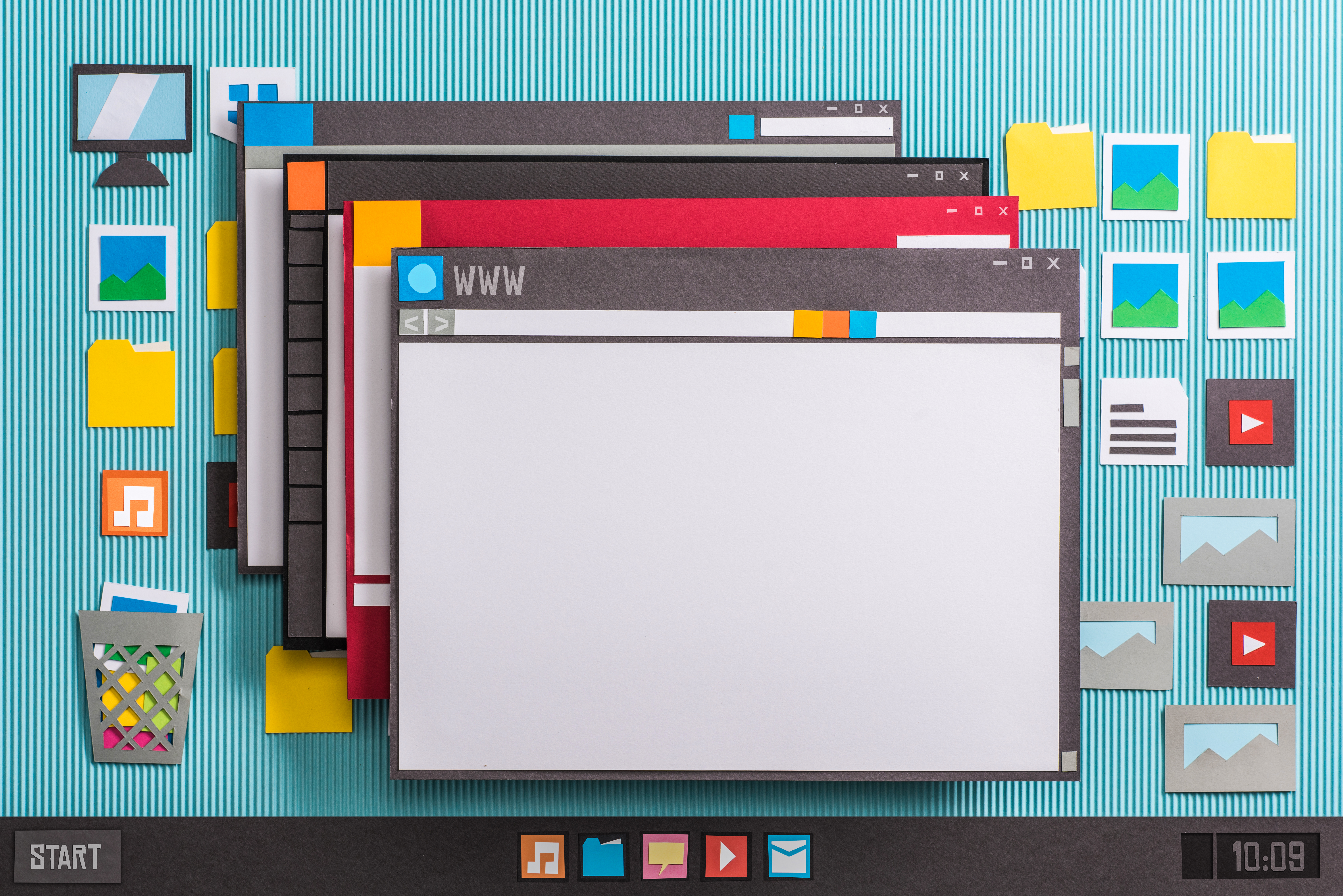Many times in my articles you have noticed me referring to a “right-click” (at least, I hope so…), whereas the default mouse shipped with Apple computers has been inexplicably a single-button mouse. This is changing with the advent of the Mighty Mouse from Apple, but there are legions of the faithful still using a single-button mouse. Why, you ask, is a second button so important? For Apple in their infinite wisdom has seen fit to simplify such silly Goldberg-esque contraptions such as drivers, DLL files and Explorer trees in favor of an interface that is elegant in its streamlined, intuitive logic.
However, as computers will always (in the forseeable future, anyway…) be a relatively complex device, certain measures are required to effectively interface with a machine containing literally billions of moving parts. They don’t move far, but the fact they all work constantly astounds me. How does this relate to a second button on a mouse? First, an explanation of the second (or third, etc…) button: A single button is like a finger–with a single finger you can do things like turning on light switches, operating a remote control, and other movements requiring simple directions. Typing would soon become not only unbearably slow but with the resulting frustration, actually hazardous to your health (or am I the only one with keyboard rage?). A right mouse button doubles the complexity of the device, but since it only had one button to begin with, I feel it’s not too great a jump. However, that second button opens up realms full of options that can make life in the digital world simpler and quicker. This may seem paradoxical, as doubling the device’s complexity rarely improves anything, but bear with me.
Even Apple cannot entirely engineer a second button out of the computer–it may have been fine in System 6 while playing Asteroids on a 9″ mono screen, but in today’s computing world, anything beyond double-clicking needs a second button. Let me explain: think of a second button not as added complexity, but as a fingertip menu to access often-used commands. In Microsoft Word, for instance, selecting a batch of text and copying it, then pasting requires the selection of the text with the left button, then moving up to the cryptographic icons in the multiplicity of toolbars, selecting “Copy,” then moving to the spot at which the paste will be completed, going back to the toolbar, selecting “Paste,” and hopefully, if you got the insertion bar placed right, the operation is complete. In a simple text editor like TextEdit, there are no commands in the toolbar–you have to use an Apple Menu pull-down to find Copy and Paste.
Now with a right mouse button, all you need to do is select the text, then right-click, and Tada! There are your Copy and Paste commands right there at your fingertips. This is only one of the examples in which a right-click can save time and more importantly, hand movement, and over the millions of motions an average user will perform over their computing career, saving 2 or 3 out of 20 or so (empirically determined) is a significant savings. Try right-clicking on other things around the computer (if so equipped, or if not, the equivalent command is Control-Click). Once you have mastered the right button, the other half of your computer will be opened to you. Happy clicking!!!
No-your Other Right (click)
Article by:
3 minutes
Image Credit: Some featured images on this site are stock images purchased from Depositphotos.




